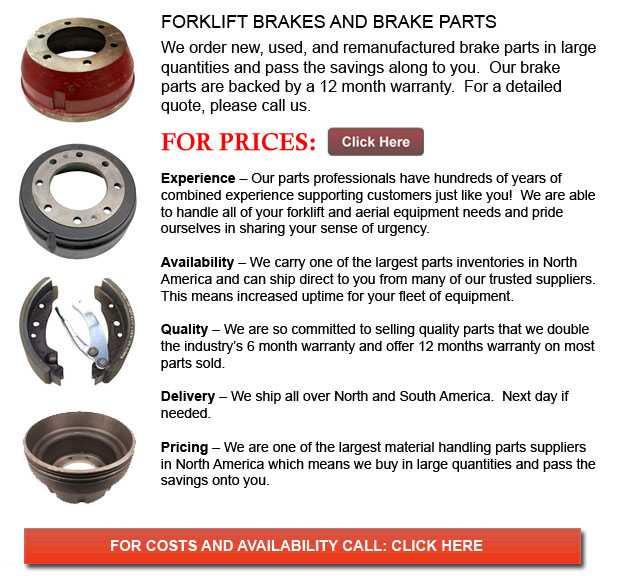
Brake for Forklift - A brake in which the friction is supplied by a set of brake shoes or brake pads that press against a rotating drum unit called a brake drum. There are several specific differences between brake drum types. A "brake drum" is usually the explanation provided if shoes press on the interior surface of the drum. A "clasp brake" is the term used to describe whenever shoes press next to the outside of the drum. One more kind of brake, referred to as a "band brake" uses a flexible band or belt to wrap all-around the exterior of the drum. Whenever the drum is pinched in between two shoes, it can be known as a "pinch brake drum." Like a standard disc brake, these types of brakes are somewhat uncommon.
Prior to nineteen ninety five, early brake drums needed constant modification regularly in order to compensate for drum and shoe wear. "Low pedal" or long brake pedal travel is the dangerous end result if adjustments are not executed sufficiently. The vehicle could become hazardous and the brakes could become useless whenever low pedal is mixed together with brake fade.
There are a variety of Self Adjusting Brake Systems presented, and they can be categorized within two main types, RAI and RAD. RAI systems have inbuilt devices that prevent the systems to be able to recover when the brake is overheating. The most well known RAI manufacturers are Lucas, Bosch, AP and Bendix. The most famous RAD systems comprise Volkswagen, VAG, AP, Bendix and Ford recovery systems.
Self adjusting brakes generally use a tool which engages just whenever the motor vehicle is being stopped from reverse motion. This stopping technique is suitable for use where all wheels utilize brake drums. Most vehicles today utilize disc brakes on the front wheels. By operating only in reverse it is less likely that the brakes would be applied while hot and the brake drums are expanded. If adjusted while hot, "dragging brakes" could take place, which raises fuel intake and accelerates wear. A ratchet device which becomes engaged as the hand brake is set is another way the self repositioning brakes could operate. This means is just appropriate in functions where rear brake drums are utilized. When the emergency or parking brake actuator lever goes over a specific amount of travel, the ratchet advances an adjuster screw and the brake shoes move toward the drum.
Placed at the bottom of the drum sits the manual adjustment knob. It can be adjusted using the hole on the other side of the wheel. You will have to go underneath the vehicle with a flathead screwdriver. It is very significant to adjust each wheel evenly and to move the click wheel correctly in view of the fact that an uneven adjustment may pull the vehicle one side during heavy braking. The most effective method to be able to guarantee this tedious task is completed carefully is to either raise each wheel off the ground and spin it by hand while measuring how much force it takes and feeling if the shoes are dragging, or give each one the same amount of clicks utilizing the hand and then do a road test.
![]() Click to Download the pdf
Click to Download the pdf
Forklift Parts
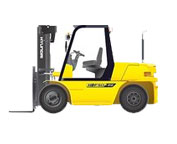
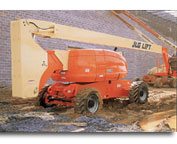

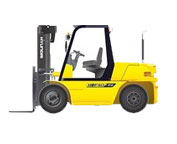


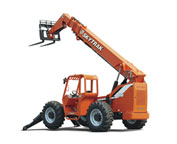
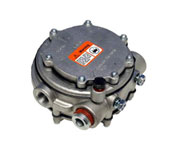
Lift Parts Express
TOLL FREE: 1-888-695-7994
forkliftpartsdistrictofcolumbia.com
Email Us
About Us


